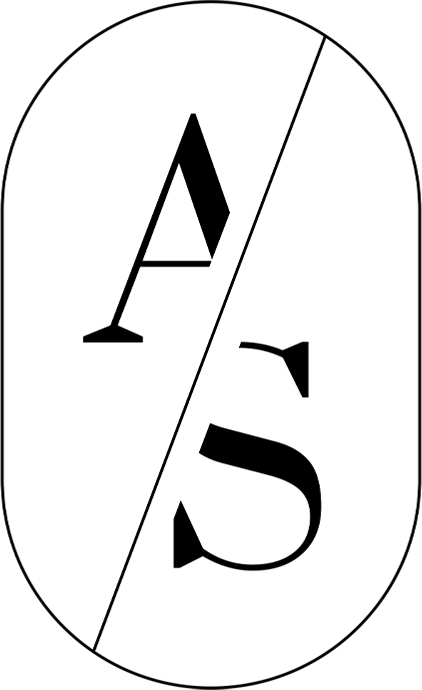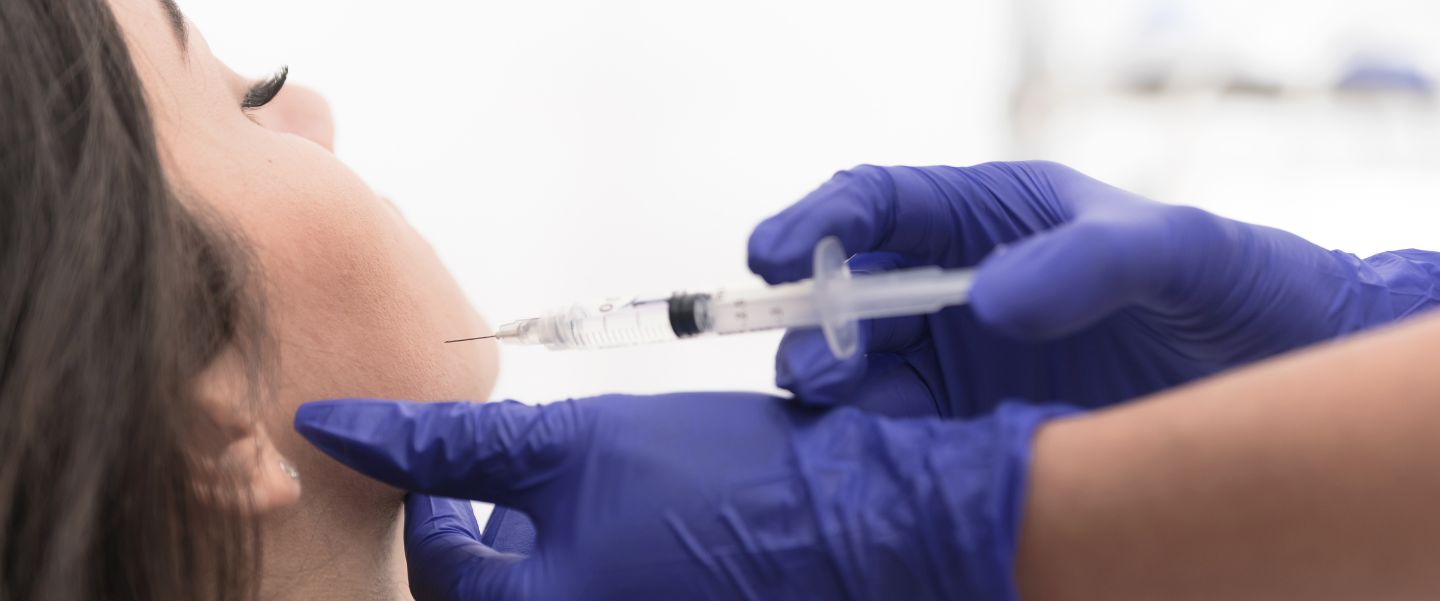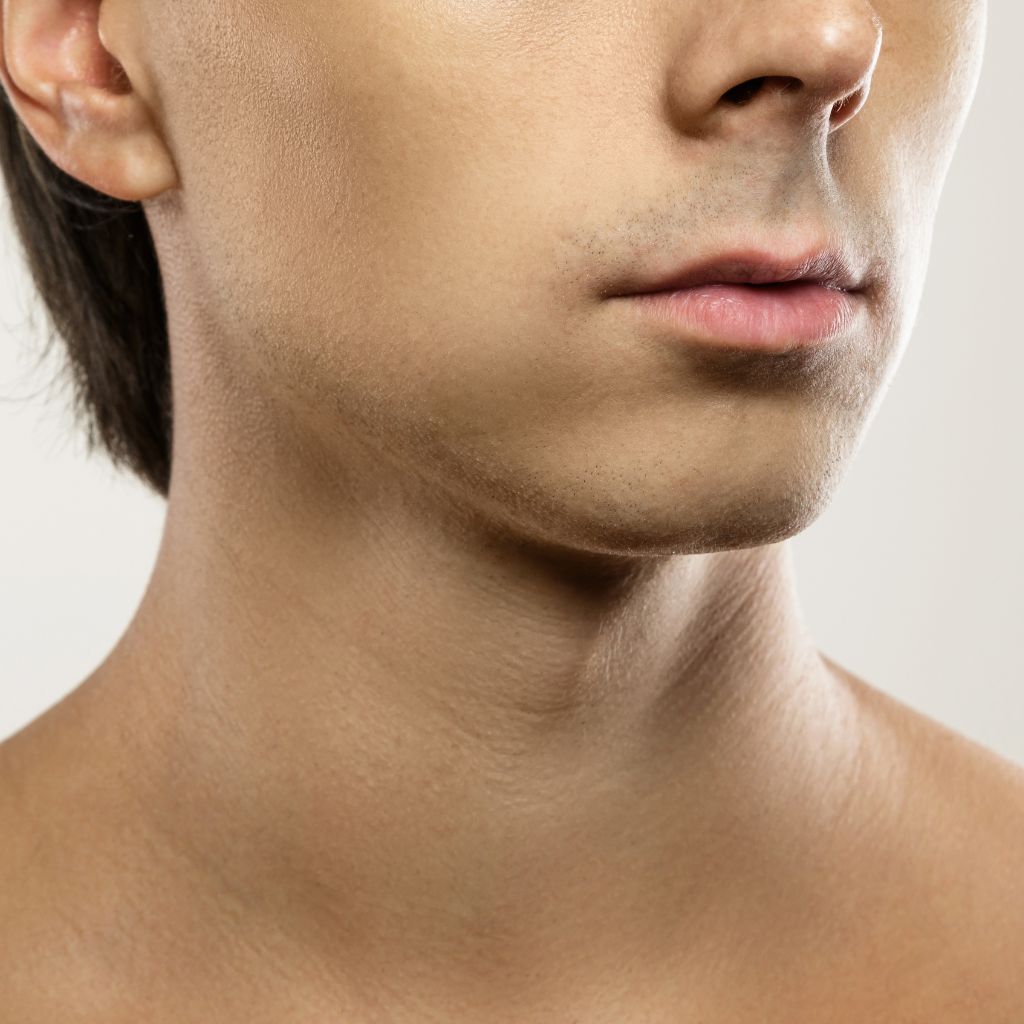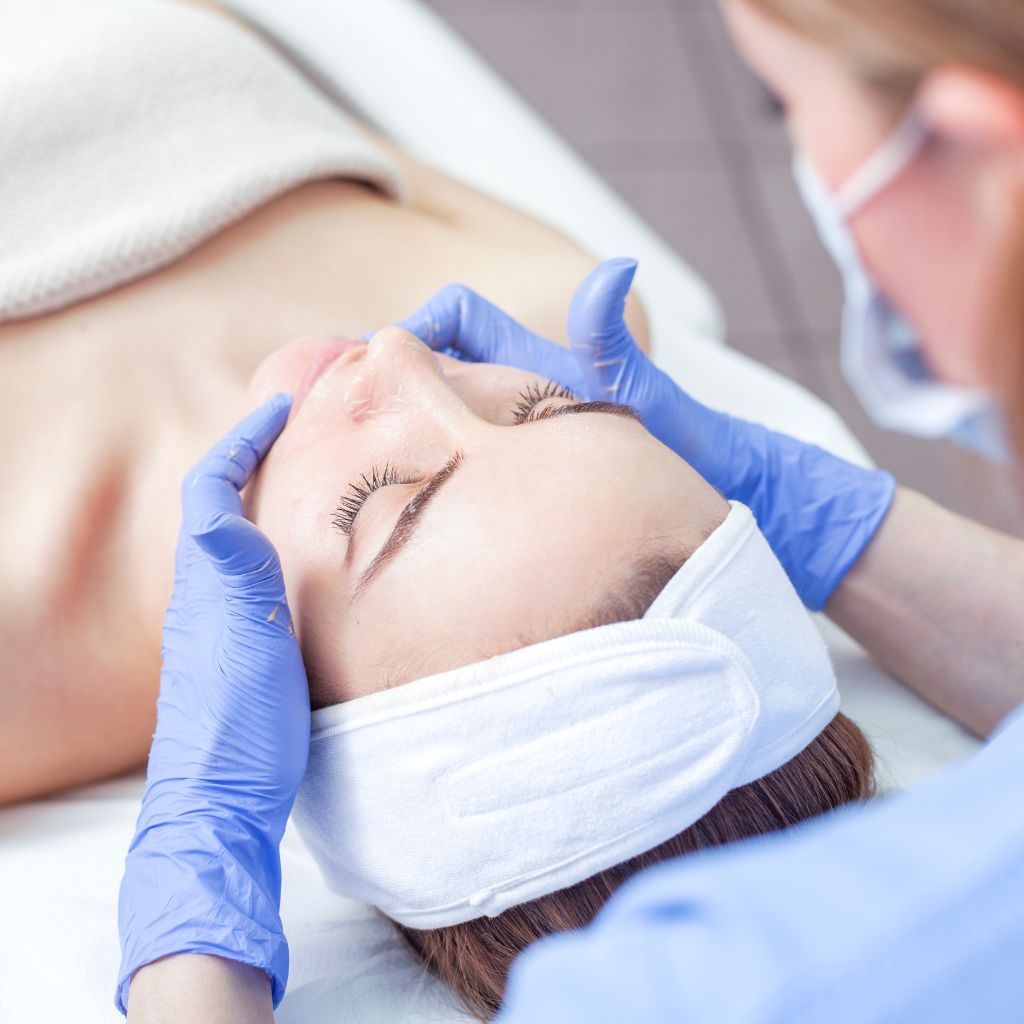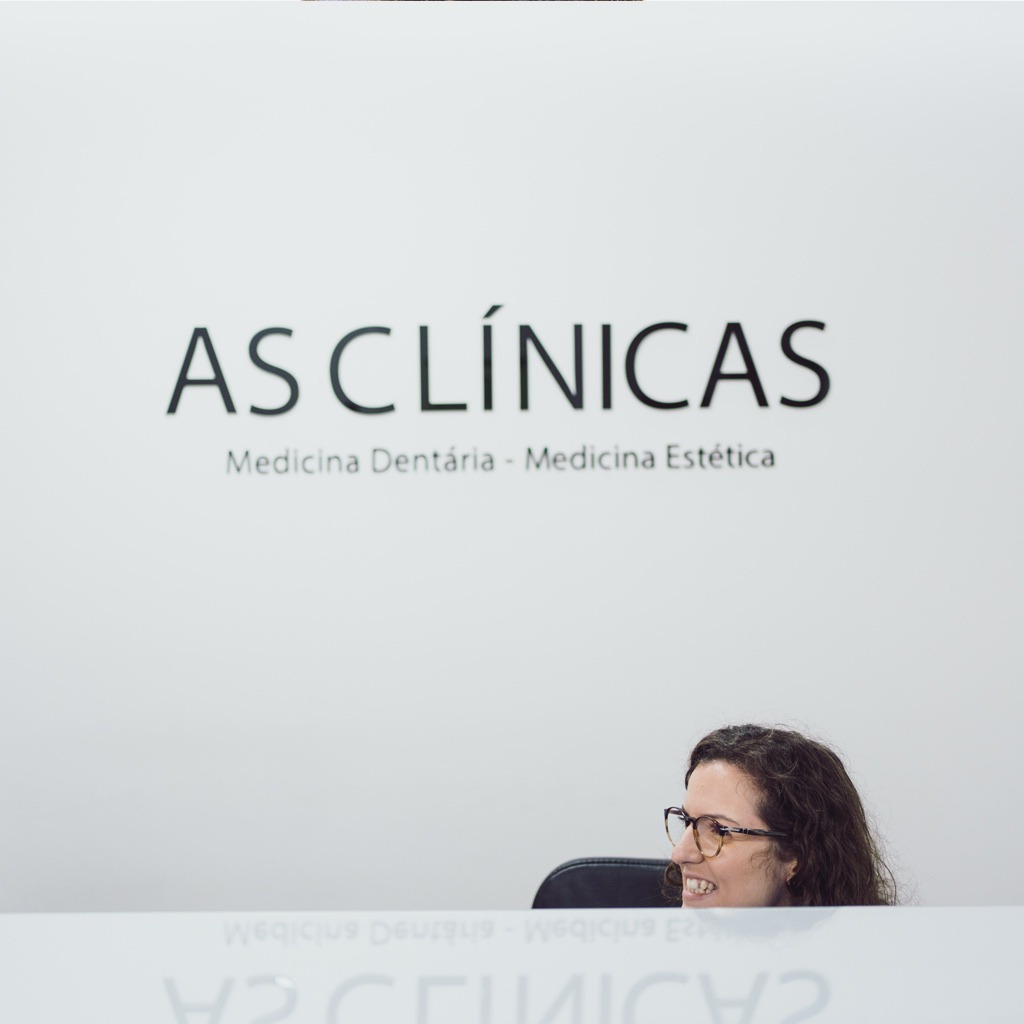More and more people are looking to harmonize the mandibular contour and jawline in order to achieve a face with softer, more delicate lines. This type of procedure can produce both subtle effects and radical changes in facial expression. To make it clear, it’s important to explain that the jawline and chin are responsible for defining the structure of the face. Beauty canons argue that women who have a better-defined jawline between the face and neck are usually perceived as more attractive and youthful. Therefore, this aesthetic procedure helps to define this line in individuals who don’t have it so noticeably. When the lower third of the face is filled, the aim is to refine and/or rejuvenate the face. This procedure aims to improve the contour of the chin and jaw, harmonizing the chin area. As the years go by, it is common for there to be a progressive resorption of bones in the skull, both in the upper third of the face and in the middle third. In the lower third, this resorption of bone, muscle and fat pads manifests itself above all in the chin and the angle of the jaw. For this reason, in the lower third it is common to see the corner of the mouth drooping, the chin retracted and a loss of jaw definition. So when you see drooping at the corner of the mouth, a receding chin with an orange peel appearance, a sagging neck and a lack of jaw contour, it’s a sign that you could benefit from treatment to rejuvenate the lower third of the face. There are many areas of the face that can benefit from filling with hyaluronic acid. That’s why, before carrying out this procedure, it’s important for the doctor responsible for the treatment to carefully observe the individual’s face and mark out the areas that need filling. At this stage, it is important that, along with the careful observation of the individual’s face, they consider their expectations and understand whether they want a subtle or radical change in facial expression, so that the treatment reflects the desired results. This procedure is therefore indicated in the following cases: Although you can return to your normal routine immediately after having this cosmetic procedure, this doesn’t mean that you shouldn’t take some precautions after the treatment, namely: No. Although individuals of both genders can benefit from this aesthetic procedure, it is not performed in the same way on men and women. In order to emphasise the contour of the face, making the contours stronger, firmer and more defined, the approach must be different in both cases. The difference lies in the fact that in men the mandibular angle is more marked and evident than in women. This aspect must be taken into account when planning the aesthetic procedure and determining the areas where the hyaluronic acid is applied. We reply within a maximum of 24 working hours. Jawline and Mandibular Contour Harmonization
What does filling the lower third of the face consist of?
In which situations should the lower third of the face be filled?
So what are the main indications for filling in the lower third of the face?
What care should be taken after filling the lower third of the face?
Is filling the lower third of the face done in the same way for men and women?
Frequently Asked Questions
BOOK YOUR APPOINTMENT ONLINE
Contact us
